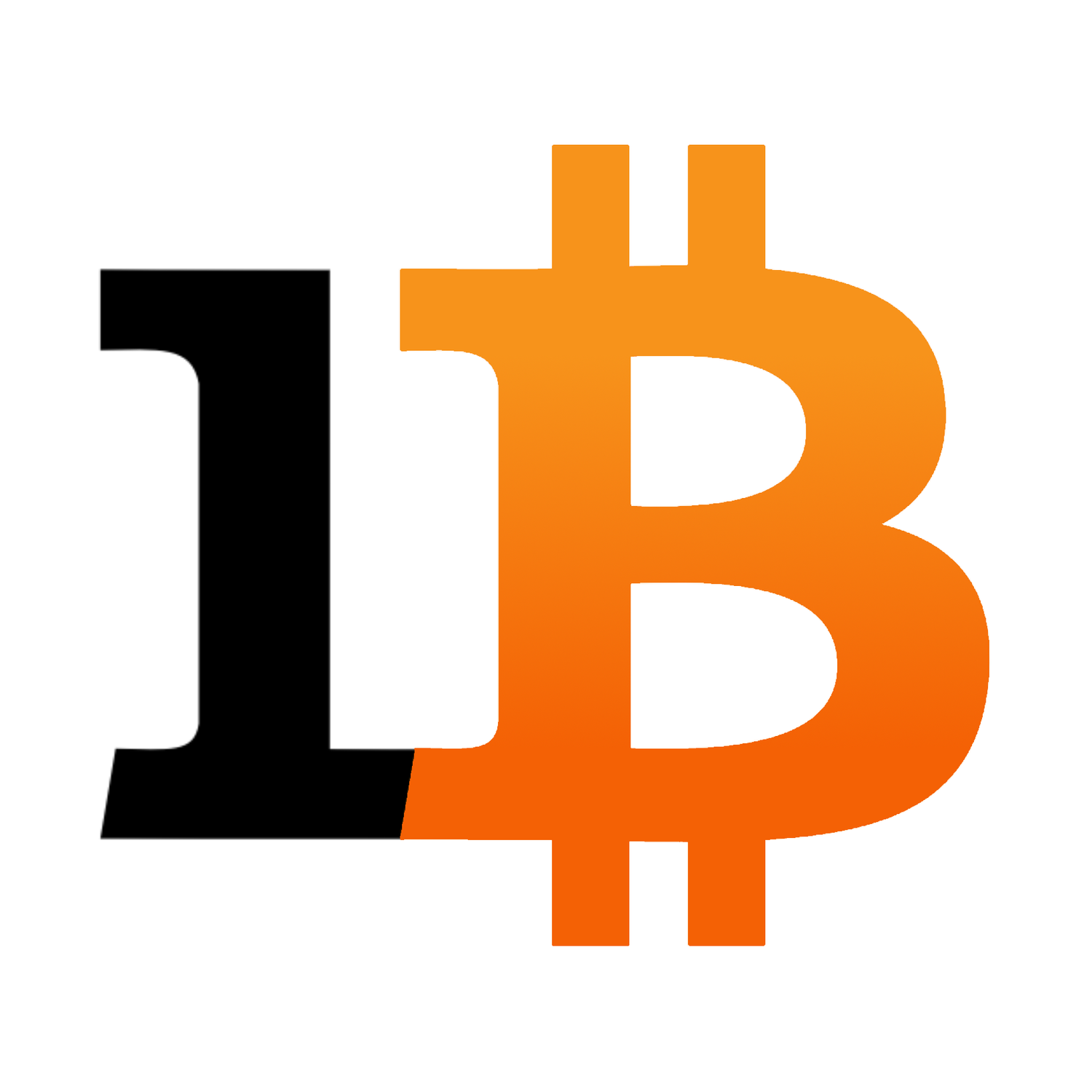The Birth of Bitcoin: The Revolution That Changed Money Forever
A Broken Financial System Sparks a New Idea
In 2008, the global economy was in turmoil. Banks collapsed, the stock market plummeted, and trust in traditional finance reached an all-time low. Governments responded by printing trillions of dollars to bail out the same financial institutions responsible for the crisis. While bankers walked away wealthier, ordinary people lost their homes, savings, and financial security.
The crash exposed a harsh reality: money was broken. It was controlled by centralized institutions, vulnerable to manipulation, and ultimately failed by human greed.
Amid this chaos, an anonymous figure known as Satoshi Nakamoto proposed a revolutionary idea: a new kind of money—one that was independent of banks, immune to inflation, and governed by unbreakable mathematical rules.
On October 31, 2008, Nakamoto published a now-legendary whitepaper:
"Bitcoin: A Peer-to-Peer Electronic Cash System"
This wasn’t just a technical document; it was a blueprint for financial independence and a direct challenge to the traditional monetary system.
The Genesis Block and Its Hidden Message
Unlike government-issued currencies, Bitcoin wasn’t printed, controlled, or regulated by any central authority. Instead, it was:
✔ Secured by cryptography
✔ Powered by a decentralized network
✔ Capped at a fixed supply of 21 million coins
This ensured that no government could print more Bitcoin and no central bank could manipulate its value.
Then, on January 3, 2009, Nakamoto mined Bitcoin’s first-ever block—the Genesis Block. Inside, he embedded a message:
"The Times 03/Jan/2009 Chancellor on brink of second bailout for banks."
This wasn’t just a timestamp—it was a statement. Bitcoin was created as an answer to the failures of the financial system. While governments bailed out banks, Bitcoin introduced a system where trust wasn’t placed in institutions but in code and decentralization.
Just a week later, Nakamoto sent the first Bitcoin transaction to developer Hal Finney, proving that money could be transferred peer-to-peer—without banks, middlemen, or permission.
Bitcoin wasn’t just an idea anymore. It worked.
From an Experiment to a Global Movement
At first, Bitcoin had no official value. There were no exchanges, no price charts, and very few believers. Then, in 2010, something historic happened:
The $500 Million Pizza Purchase
A programmer named Laszlo Hanyecz made history by purchasing two pizzas for 10,000 BTC—worth only a few dollars at the time.
Today, those same bitcoins would be worth hundreds of millions of dollars. But the real significance wasn’t the price—it was the proof that Bitcoin could be used in the real world.
From there, Bitcoin’s journey was anything but smooth:
It soared in price—then crashed.
Governments attempted to ban it.Banks and media outlets dismissed it as a “scam.”
And yet, Bitcoin refused to die. Every time it was declared “dead,” it came back stronger.
What started as a niche experiment is now a global financial revolution. It has spawned an entire industry, forced institutions to take notice, and redefined the conversation about what money should be.
The Legacy of Satoshi Nakamoto
Despite Bitcoin’s rise, Satoshi Nakamoto vanished in 2011. Their true identity remains one of the greatest mysteries in tech and finance. Were they an individual? A group? A government? No one knows.
But in the end, it doesn’t matter. Bitcoin no longer belongs to its creator—it belongs to the world.
Born out of a financial crisis, Bitcoin was designed as an alternative to a rigged monetary system. Today, it serves as:
A store of value (like digital gold).
A tool for financial freedom in authoritarian regimes.
A hedge against inflation as governments continue printing trillions.
The question isn’t whether Bitcoin will survive. It’s how far this revolution will go.


